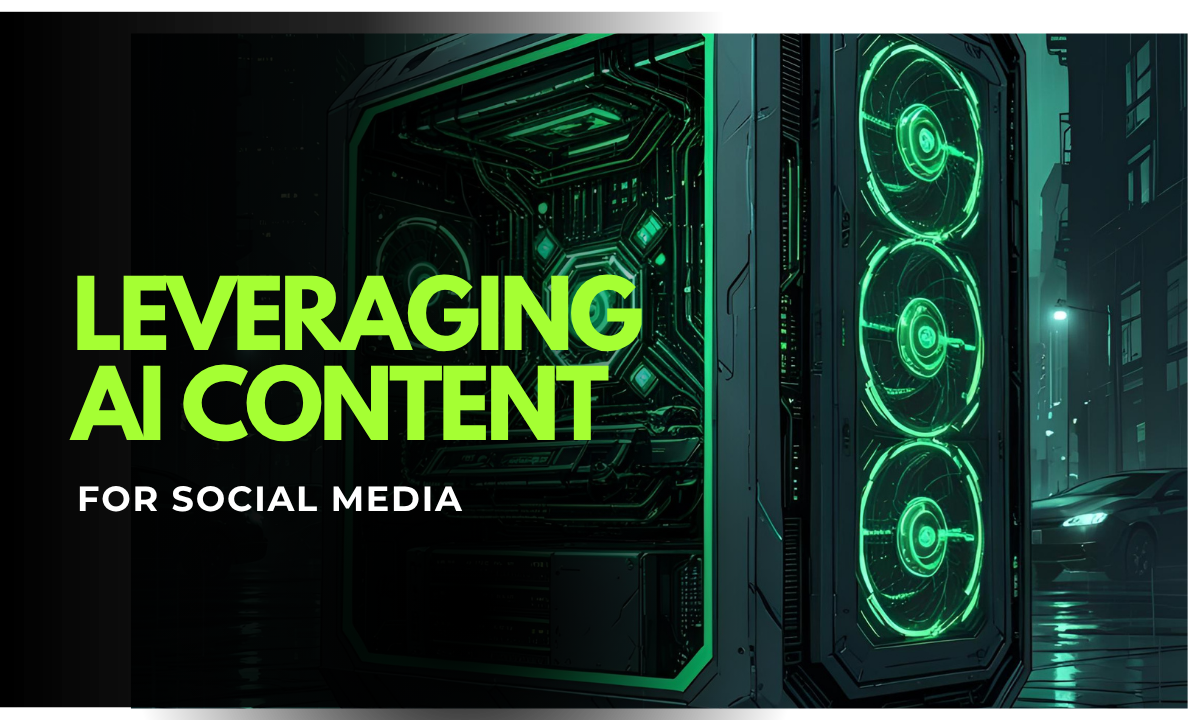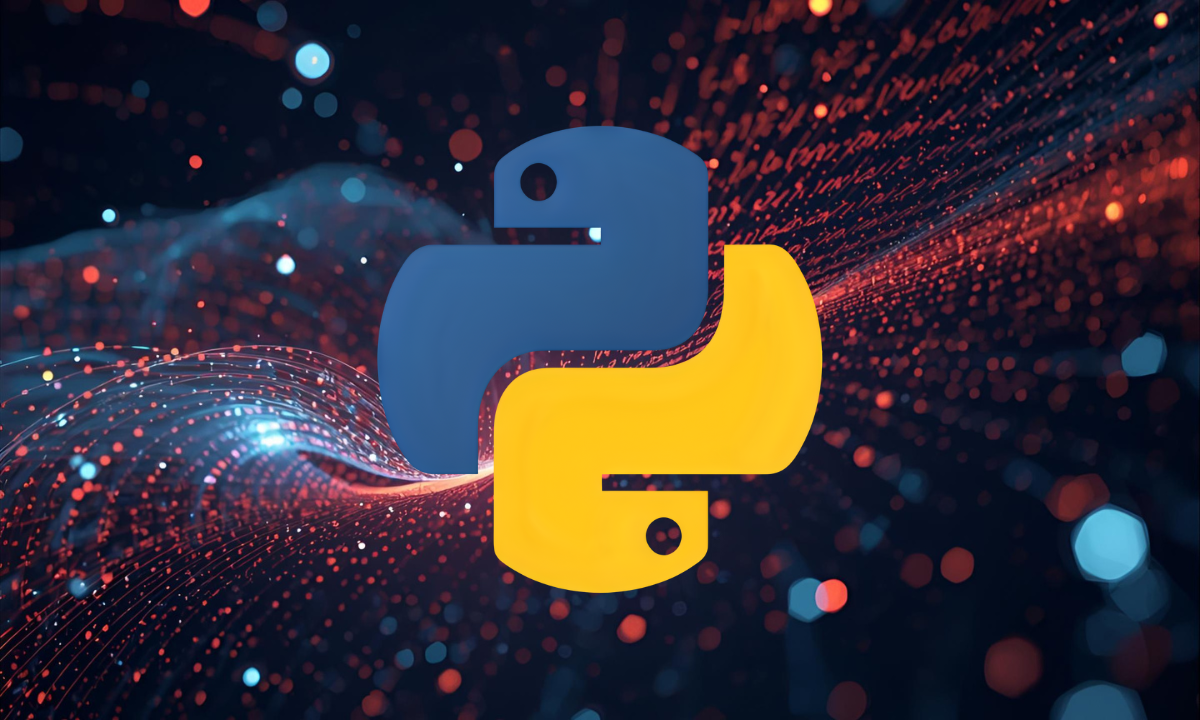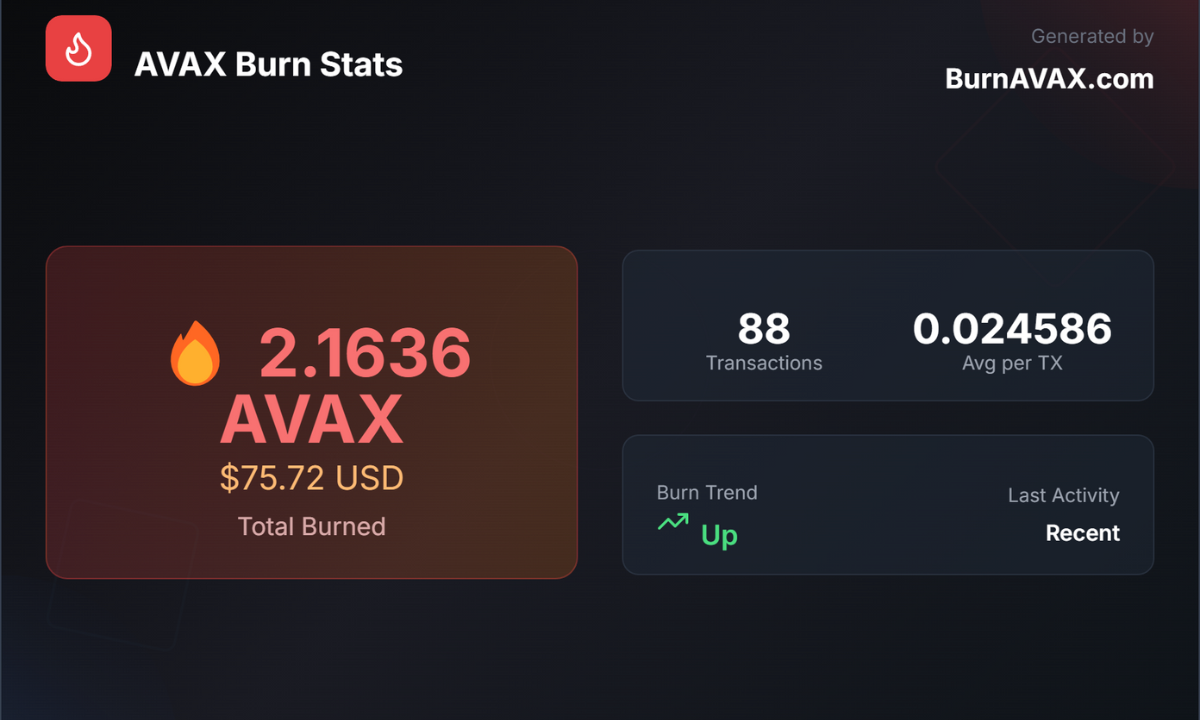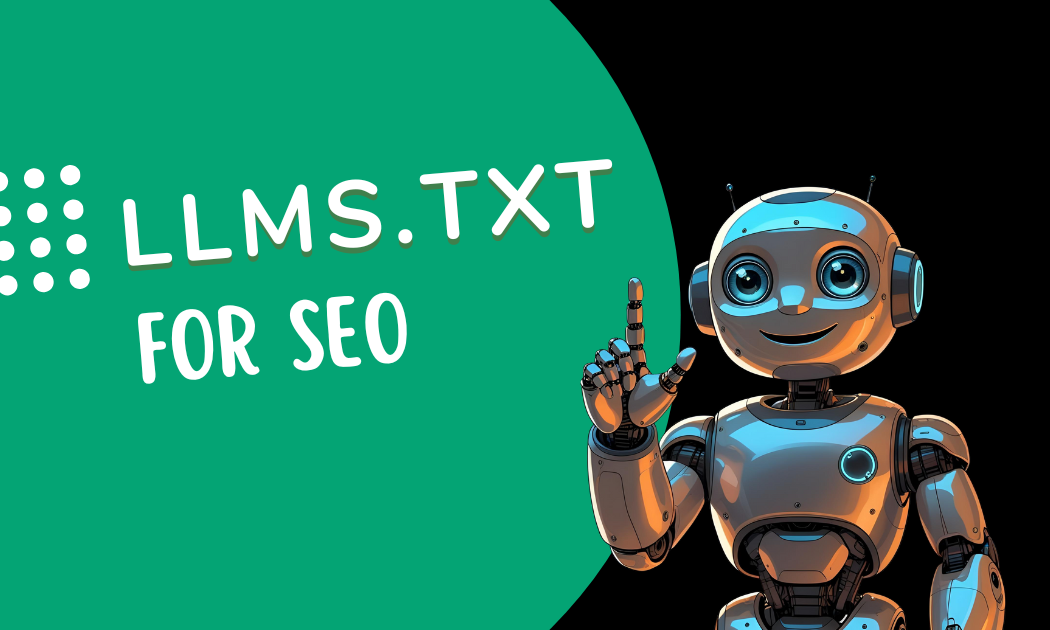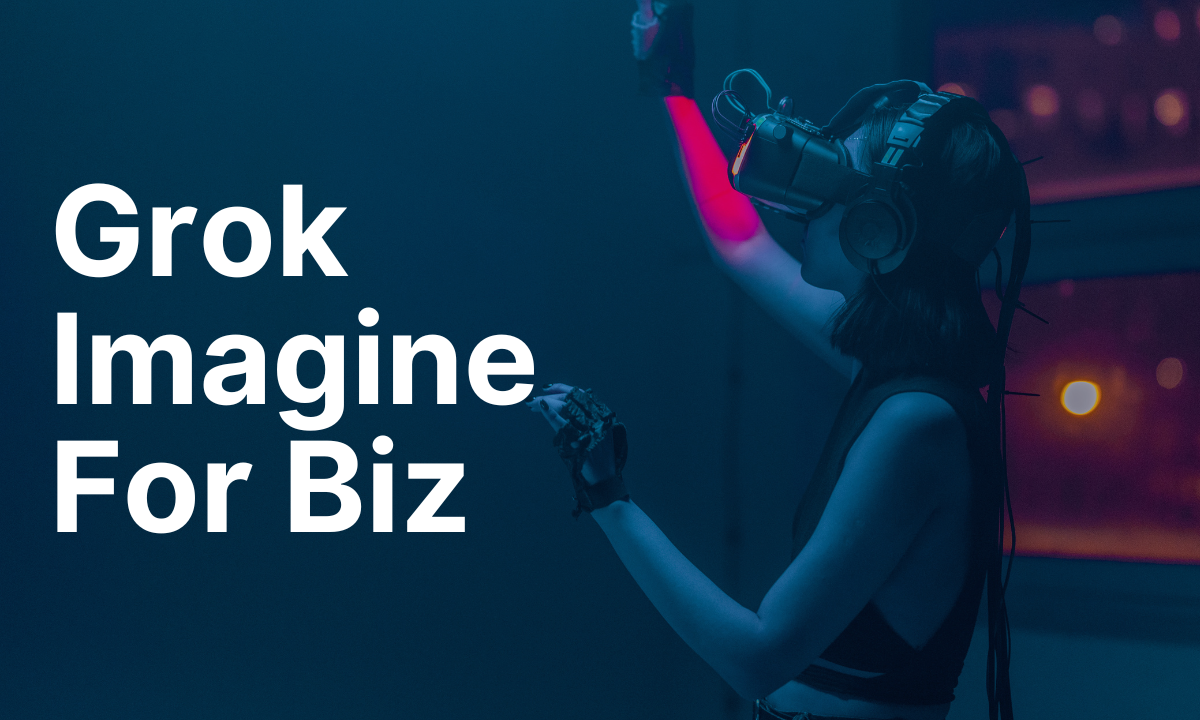How Small Businesses Can Leverage AI-Generated Content for Social Media Growth
Artificial intelligence (AI) has transformed the way businesses approach content creation, particularly for social media. For small businesses, AI-generated content—especially images and videos—offers an exciting opportunity to grow their social media accounts, engage with new audiences, and build brand visibility without breaking the bank. This article explores practical strategies for leveraging AI-generated content, highlights cost-effective tools and approaches, and discusses both the benefits and potential risks of adopting an AI-driven content strategy.
The Rise of AI-Generated Content
AI-generated content refers to images, videos, text, or other media created using machine learning algorithms and large language models. Tools like DALL·E, Midjourney, Runway, and Synthesia allow users to generate high-quality visuals and videos from simple text prompts or templates. These tools have become increasingly accessible, enabling small businesses with limited budgets to produce professional-grade content that rivals what larger companies create with expensive resources.
For social media, where visual content reigns supreme, AI-generated images and videos are particularly valuable. Platforms like Instagram, TikTok, and Pinterest thrive on eye-catching visuals, and AI tools empower small businesses to create content that stands out in crowded feeds.
Benefits of AI-Generated Content for Small Businesses
1. Cost Efficiency
Hiring professional photographers, videographers, or graphic designers can be prohibitively expensive for small businesses. AI tools, particularly local AI LLMs, offer a cost-effective alternative, with many platforms providing free or low-cost plans. For example, tools like Canva’s AI features or Lumen5 allow businesses to create polished visuals and videos for a fraction of the cost of traditional methods.
2. Time Savings
Creating content manually is time-consuming, especially for small business owners juggling multiple responsibilities. AI tools streamline the process by generating images or videos in minutes, freeing up time for other critical tasks like customer engagement or product development.
3. Scalability
AI enables businesses to produce large volumes of content quickly, making it easier to maintain a consistent posting schedule—a key factor in social media growth. For instance, a single AI tool can generate multiple variations of an image or video, allowing businesses to test different styles or formats to see what resonates with their audience.
4. Customization and Creativity
AI tools offer immense flexibility, allowing businesses to tailor content to their brand’s aesthetic or target audience. Whether it’s creating vibrant product mockups, animated explainer videos, or seasonal promotions, AI makes it easy to experiment with creative ideas without technical expertise.
5. Accessibility
Many AI platforms are user-friendly, requiring no prior design or video editing experience. This democratizes content creation, enabling small business owners to produce professional content without hiring specialists.
Cost-Effective Strategies for Leveraging AI-Generated Content
Small businesses can maximize the impact of AI-generated content by adopting smart, budget-friendly strategies. Here are some practical ideas to get started:
1. Use Free or Low-Cost AI Tools
Several AI platforms offer free tiers or affordable subscriptions that are ideal for small businesses. For example:
- Canva: Offers AI-powered features like text-to-image generation and video editing in its free or low-cost Pro plan.
- Pictory: Converts text into engaging videos using AI, with budget-friendly plans for small businesses.
- Kapwing: Provides AI-driven video editing tools with a free plan for basic needs.
- Adobe Express: Includes AI features for creating images and videos, with a free starter plan.
- Pinokio: Open Source GUI for installing local AI models
These tools allow businesses to create high-quality content without significant investment.
2. Repurpose Content Across Platforms
AI-generated content can be repurposed to suit different social media platforms. For example, a single AI-generated video can be edited into a short TikTok clip, an Instagram Reel, and a longer YouTube video. Tools like Descript or InVideo make it easy to resize or reformat content, saving time and money.
3. Focus on User-Generated Content (UGC) Style
Audiences on platforms like Instagram and TikTok respond well to authentic, relatable content. AI tools can mimic the UGC aesthetic by generating casual, lifestyle-oriented images or videos. For example, a small coffee shop could use AI to create videos of customers enjoying their drinks, even if they lack real footage.
4. Create Seasonal or Trend-Based Content
AI tools excel at generating timely content, such as holiday-themed graphics or videos tied to trending hashtags. Small businesses can use tools like Midjourney to create festive product images or Runway to produce short, trendy videos that align with viral challenges, boosting engagement.
5. Leverage Templates for Consistency
Many AI platforms offer customizable templates that ensure brand consistency. For instance, a small retail business can use Canva or Crello to create a series of AI-generated product ads with consistent colors, fonts, and logos, reinforcing brand identity across posts.
6. Combine AI with Human Touches
To add authenticity, businesses can blend AI-generated content with human-created elements. For example, an AI-generated product image can be paired with a heartfelt caption written by the business owner or a real customer testimonial, creating a more personal connection with the audience.
Engaging New Audiences with AI-Generated Content
AI-generated content can help small businesses attract and engage new audiences in several ways:
- Storytelling Through Video: AI tools like Synthesia or Lumen5 can create compelling video narratives, such as “behind-the-scenes” stories or customer success stories, that resonate emotionally with viewers.
- Interactive Content: AI-generated polls, quizzes, or animated infographics can encourage audience interaction, increasing engagement rates.
- Localized Content: For businesses targeting specific regions, AI tools can generate images or videos with localized elements, such as cultural symbols or landmarks, to appeal to niche audiences.
- A/B Testing: AI makes it easy to create multiple versions of a post, allowing businesses to test which visuals or video styles drive the most engagement and refine their strategy accordingly.
Risks and Downsides of AI-Generated Content
While AI-generated content offers numerous advantages, small businesses should be aware of potential risks:
1. Lack of Authenticity
Over-reliance on AI can result in content that feels generic or disconnected from the brand’s values. Audiences may notice if visuals lack a human touch, which can erode trust.
2. Quality Control Issues
Not all AI-generated content is flawless. Some tools may produce images or videos with artifacts, unnatural elements, or inconsistent branding, requiring careful review before posting.
3. Ethical Concerns
Using AI-generated content raises ethical questions, such as the potential for misleading audiences (e.g., presenting AI-generated people as real customers). Transparency, such as disclosing when content is AI-generated, can mitigate this risk.
4. Platform Restrictions
Some social media platforms have strict guidelines about AI-generated content, particularly if it’s used deceptively. Businesses must stay updated on platform policies to avoid penalties or reduced visibility.
5. Over-Saturation
As more businesses adopt AI tools, social media feeds may become flooded with similar-looking content. To stand out, businesses must focus on unique branding and creative storytelling.
Best Practices for a Successful AI Content Strategy
To balance the benefits and risks, small businesses should follow these best practices:
- Prioritize Quality Over Quantity: Focus on creating high-quality, brand-aligned content rather than flooding feeds with generic AI visuals.
- Monitor Audience Feedback: Pay attention to how audiences respond to AI-generated posts and adjust strategies based on engagement metrics.
- Stay Transparent: If using AI-generated content, consider disclosing it in captions or hashtags (e.g., #AIGenerated) to build trust.
- Combine with Human Content: Blend AI-generated visuals with real photos, customer stories, or employee spotlights to maintain authenticity.
- Keep Learning: AI technology evolves rapidly, so businesses should stay informed about new tools and trends to remain competitive.
Conclusion
AI-generated images and videos offer small businesses a powerful, cost-effective way to grow their social media presence, engage new audiences, and build brand recognition. By leveraging free or low-cost tools, repurposing content, and focusing on authenticity, businesses can create compelling visuals that resonate with followers. However, careful attention to quality, transparency, and platform guidelines is essential to avoid pitfalls. With the right strategies, AI-generated content can be a game-changer for small businesses looking to thrive in the competitive world of social media marketing.
